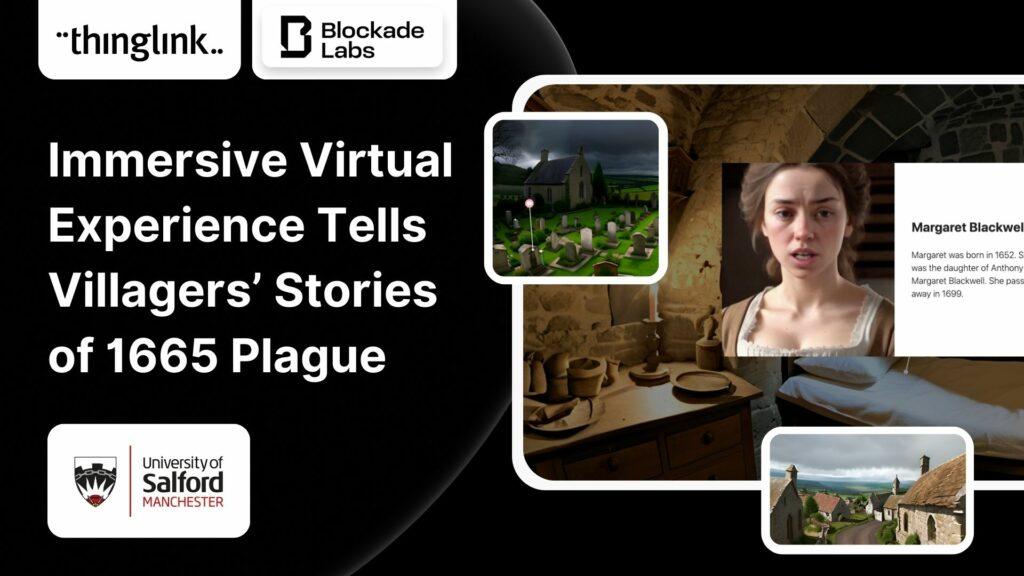Unlock Learning with Virtual Field Trips: Expand Students’ Horizons from the Classroom
In today’s digital era, education is experiencing a conversion. One remarkable innovation leading this change is the virtual field trip. With advanced technology bridging the gap between classrooms and the wider world, students can now embark on interactive educational journeys without ever leaving their desks. Let’s explore how virtual field trips can unlock learning, broaden perspectives, and offer endless possibilities for both students and educators.
What Are Virtual Field Trips?
Virtual field trips are immersive online experiences that allow students to explore museums, historical sites, natural wonders, and even outer space via the internet. Relying on photos, videos, live streams, and interactive elements, these digital excursions mimic real field trips while eliminating logistical barriers such as cost, distance, and time constraints.
- Interactive content: Live video tours, 360-degree views, and augmented reality enable students to engage as active participants.
- Accessible resources: A single click can transport classrooms to renowned institutions like the Louvre Museum or NASA’s Kennedy Space Center.
- Curriculum integration: Virtual field trips can be tailored to specific lesson plans, making learning relevant and memorable.
Benefits of Virtual Field Trips for Students
Adopting virtual field trips in your classroom unlocks a wealth of educational advantages. Here’s why more educators are making the switch:
1. Enhanced Engagement and Participation
- Interactive platforms keep students focused and interested throughout the experience.
- Real-world exploration brings classroom subjects to life, making complex concepts easier to grasp.
2. Equitable Learning Opportunities
- Virtual excursions are cost-effective, removing location and financial barriers for underprivileged students.
- All students, regardless of physical ability or location, can participate equally.
3. Supports diverse Learning Styles
- Visual learners benefit from images and video tours.
- Auditory learners thrive on guided explanations and discussions.
- Kinesthetic learners interact with digital elements, boosting retention.
4. Unlimited Destinations
- Travel to global landmarks, ancient ruins, ecosystems, and even outer space without leaving the classroom.
- no weather cancellations or lengthy permission slips required.
5. Supports Curriculum Standards and STEAM Learning
- Aligns with curriculum goals across science, technology, engineering, arts, and math (STEAM).
- Provides connections to real-world applications and cultural awareness.
How to Integrate Virtual Field Trips into Your Classroom
Bringing virtual field trips to your students doesn’t have to be overwhelming. Use these practical strategies to maximize impact and engagement:
1. Select Reputable Virtual Field Trip Platforms
Choose platforms that are age-appropriate, educationally sound, and interactive. some top resources include:
2. prepare Students in Advance
- Set the context with pre-trip lessons or videos.
- Discuss objectives, key questions, and what students should look for during the trip.
3.Make the Experience Interactive
- Encourage questions and discussions throughout.
- Provide related worksheets or scavenger hunts to guide exploration.
4.Integrate Assignments and Assessments
- Have students reflect through essays, group projects, or class presentations.
- Connect learnings to classroom topics and future lessons.
5. Solicit Feedback and Reflect
- Ask students what they enjoyed and what could improve.
- Use feedback to refine future virtual field trips.
Real-World Examples: Virtual field Trips in Action
Many schools have successfully used virtual field trips to unlock learning and inspire engagement. Here are some compelling case studies:
Case Study 1: Exploring Ecosystems with Google Earth
At Willowbrook Middle School,sixth-grade science students explored the Amazon Rainforest using Google Earth. Guided by their teacher, they learned about biodiversity, spotted wildlife, and examined environmental threats. Post-trip projects included creating digital posters on rainforest conservation, reinforcing the importance of environmental stewardship.
Case Study 2: Virtual Museum visit for Art Appreciation
During remote learning, Lincoln Elementary School organized a virtual field trip to the Louvre Museum in Paris. Students viewed ancient sculptures and famous paintings, including the Mona Lisa, via live virtual tours. They completed art journaling assignments and held a virtual “gallery walk” to share what inspired them, developing both creative and critical thinking skills.
Case Study 3: History Comes Alive with Live Expert Q&A
Riverbend High school’s history class participated in a live-streamed tour of Gettysburg National Military Park, concluding with a Q&A session with a park historian. Students asked questions in real-time, deepening their understanding of the Civil War and the meaning of the site. The experience fostered a genuine connection to historical events beyond textbook learning.
Firsthand Teacher and Student Experiences
“Our students were amazed to see the inside of the International Space Station and chat virtually with an astronaut. It sparked so many questions and a real passion for science!”
— Ms. Thompson,5th Grade Teacher
“I’ve never traveled outside my state,but through our virtual field trip,I visited the pyramids in Egypt and learned about ancient civilizations. It felt like an adventure from my own classroom!”
— sara, 8th Grade Student
Tips for a Successful Virtual Field Trip
- Test technology in advance to avoid connectivity issues.
- Choose age-appropriate destinations and materials.
- Establish clear behavior expectations during live sessions.
- Encourage collaboration through group activities and follow-up discussions.
- Celebrate student discoveries by sharing their work on class websites or school newsletters.
Conclusion: Expand Horizons and Unlock Learning with Virtual Field Trips
Virtual field trips are revolutionizing education by providing teachers and students with powerful tools to explore, investigate, and connect with the world—regardless of physical boundaries. By integrating these digital adventures into your curriculum,you can enhance engagement,foster cultural understanding,and develop lifelong learning skills.
whether you’re a seasoned educator or trying digital learning for the first time, there’s no better moment to expand students’ horizons and unlock the limitless potential of technology-driven education. Start planning your next virtual field trip today and watch your classroom learning come alive!

